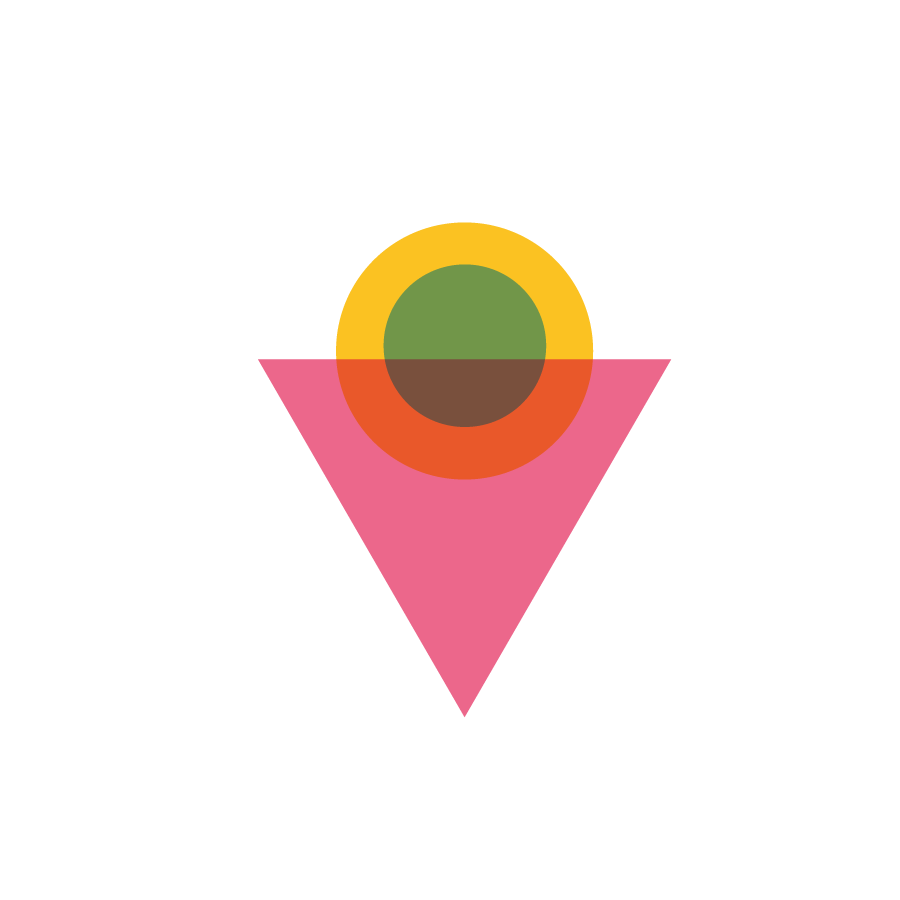
Publics
When you create an experience, there will always be another entity to consider. This might be a single person or a group, big or small. They might be real or imagined, implied or designated.
There are many ways to describe this entity. For instance: publics, audiences, users, or participants. The term you use may speak in some way to your goals or intended impact.
A public is a general term with many definitions, but generally refers to a group of people bound together in some way: a shared interest or identity. Sometimes, making something can even *create* a new public, or “counterpublic”.
An audience is the counterpart to a performance: a group bound together with the purpose of witnessing something.
A user can be a helpful framing if you’re trying to understand what someone might do with the thing you’re making: it often means there’s some functionality to your experience.
A participant, like a user, has an active role in the experience, but with more of an emphasis on their contribution to the experience, rather than their use of it.
There are many other ways to think through the “who” of an experience – and doing so is an important part of making a critical experience!
//Guiding Questions
- There are many ways of thinking through the concept of a public, which is right for your project? How does changing your mental model from “public” to “user” or “audience”, etc. affect your work?
- What are some other types of publics beyond the ones mentioned here?
//Resources
/recommended media
no results.
/activities
no results.